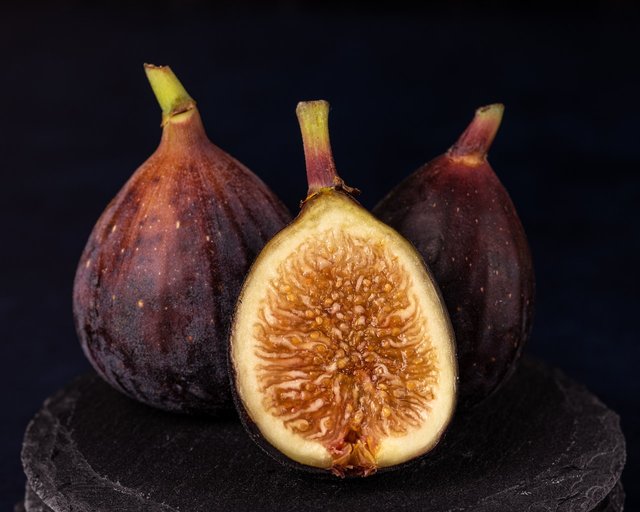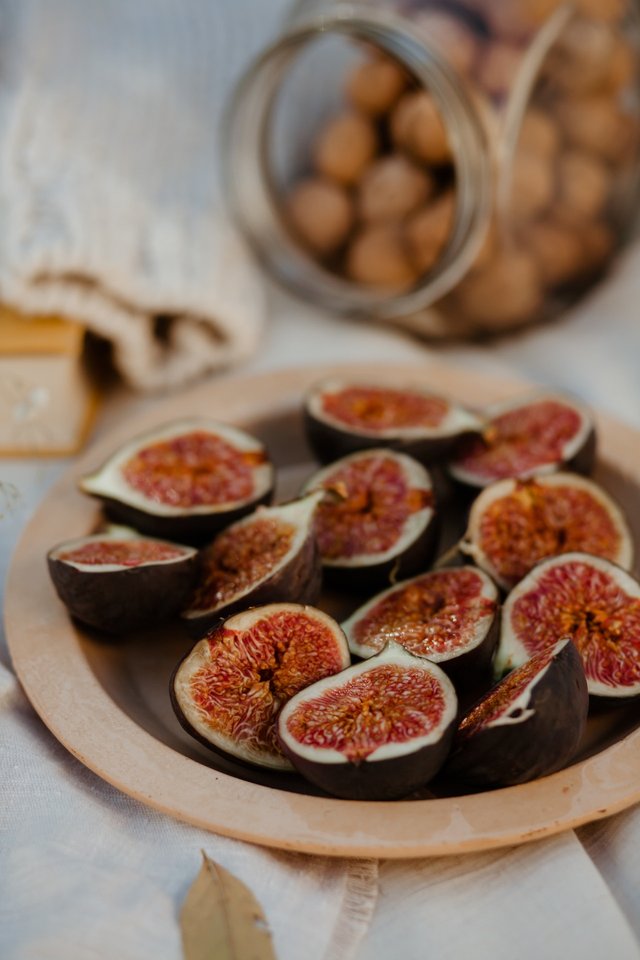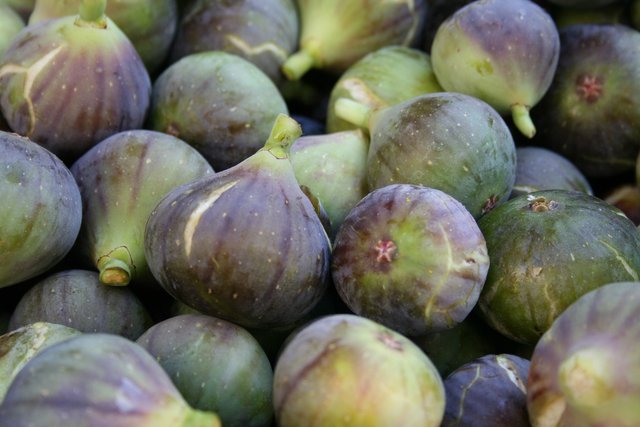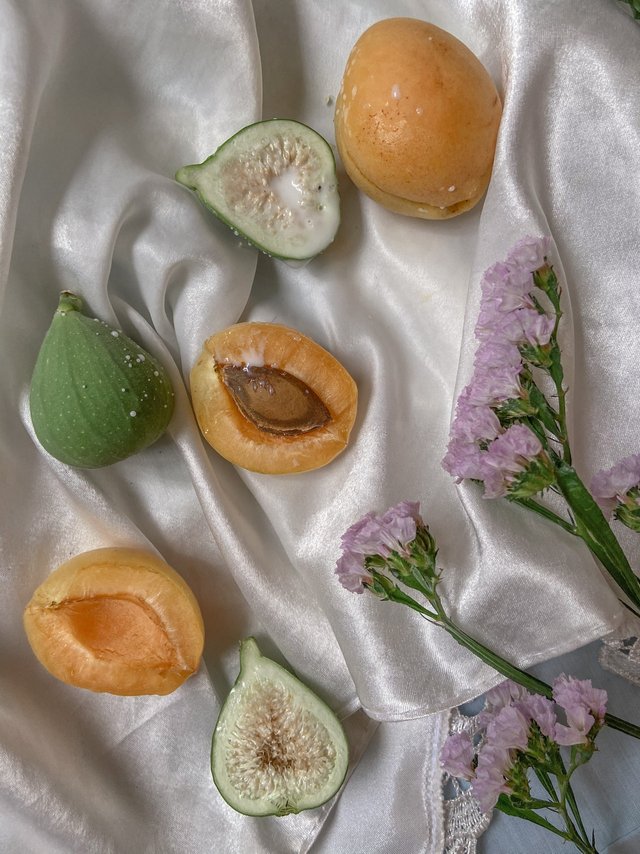💖Assalamoaliakom Everyone💖
Even in a temperate area, Bangladesh has demonstrated that it is feasible to grow this fruit all year long. Teen has adapted well to the soil and climate of Bangladesh. Not only that, but because of its extensive cultivation, the possibility of exporting figs is bright, meeting our year-round nutritional and fruit needs. Nowadays, many people are interested in tasting fresh fruits from their own trees or gardens. Such specific markets are known by some as farm fresh or organic gardens. Agrotourism has also developed in many areas. Many types of exotic fruits or secondary fruits are being cultivated in these gardens. Tin, or fig, is also such an exotic fruit. There is no approved variety of fig. However, the fig trees that grow in the villages of Bangladesh are jagdumur. Its scientific name is Ficus racemosa. There are different species of figs. Some weigh twenty-thirty grammes, and some weigh fifty-sixty grammes.

Some are red, and some are yellow when ripe. There is also another species of fig, which is called Egyptian Ficus. It is very juicy and very large. It can be consumed raw or sun-dried in a glass container throughout the year. The fig tree is usually thin and fast-growing, and it tends to spread in different directions. As a result, the trees are wider than tall. Its stem is very soft. So just as cuttings can be propagated, seedlings can also be produced from seeds. Each tree grows from six to 30 feet tall. Each tree bears a minimum of 70 to 80 fruits. In addition to open fields, teen cultivation in tubs on roof gardens has yielded good yields. Two-month-old seedlings sell for Tk 520 at wholesale and Tk 720 at retail.Each tree yields 1 kg its first year, 7–11 kg its second year, and up to 25 kg its third year. It has been producing fruit in this way at an increasing rate for 34 years. The tree has a lifespan of roughly 100 years. 100% yield comes within three months. This fig-shaped fruit, from tip to tip, caught everyone's attention. A fruit is borne at the base of each leaf. The fig 'fruit' is a composite-shaped fruit that develops from hundreds of pedicled droplets in the receptacle wall lining of individual female flowers enclosed in receptacle tissue within a hollow shell. The composite-shaped fruit is called 'syconium'. A mature fig has tough, white skin. Seeds consist of individual, ripe droplets containing a sweet, gelatinous pulp inside. This whole inner part is edible. Apart from the distinct fruits, figs also possess quite distinct features in pollination biology. Wild figs have both functional male and female flowers in the same syconium. Edible fig female flowers are usually large in size and produce juicy fruitlets.

Three fruit trees have been successfully planted without any chemical fertilisers, mixed with organic and composted fertilisers in the soil, in sunny fields, and in tubs on the roof. So there has been quite a lot of interest among roof gardeners. In that case, this tree bears fruit very quickly compared to other fruit trees. Four to five months after planting, a preteen cutting begins to produce fruit. Therefore, after 2–3 months of planting, the plants in the tub should be watered regularly with mustard leaves. The tub's soil should be changed in part after a year. 2 inches wide and 6 inches deep, soil with roots should be removed and filled with new composted soil. Changing tub soil is usually best done before winter and at the end of the monsoon. The dirt in the tub or drum should be significantly loosened after 10 to 15 days.
Insect and pest managementAmong the insects, nematodes of the genus Meloidogyne cause extensive damage to fig trees. Arthropods also damage plants. If the amount of rain is high in the summer, fruit splitting is seen. Fungicides should be applied to control fungal diseases caused by Alternaria, Aspergillus, Botrytis, and Penicillium fungi. Another common disease of figs is fig mosaic disease (FMD), which causes figs to turn yellow like a mosaic. In the case of these diseases or insect attacks, contact the nearest agricultural office and use moderate medicine.
Finally, we can say, Three fruits are Anjeer for constipation in our body. Anjeer for constipation in Bengali Figs are a very rich source of dietary fibre, and one of the most important benefits of a fibre-rich diet is that it adds bulk to food and softens the stool, thus helping in the easy elimination of the stool from the body.
◦•●◉✿ Thanks Million to Incredible India ✿◉●•◦

◦•●◉✿ Thanks Million to Incredible India ✿◉●•◦




Very good your publication, I think it is important to eat fruits because in the future they can help us a lot with our vitamins.
I wish you a good day, I think the Indian community is a good idea to create content.
Downvoting a post can decrease pending rewards and make it less visible. Common reasons:
Submit